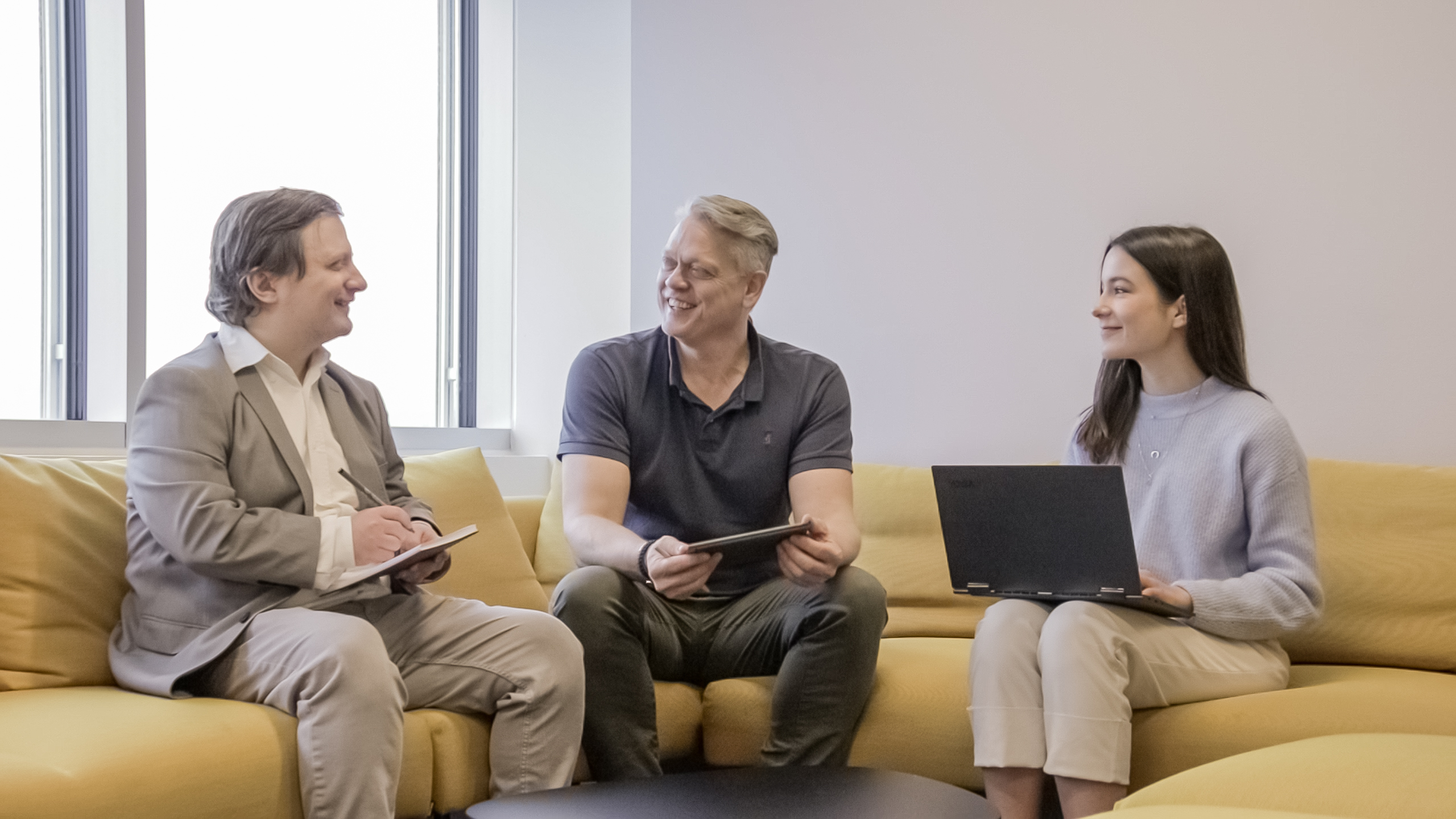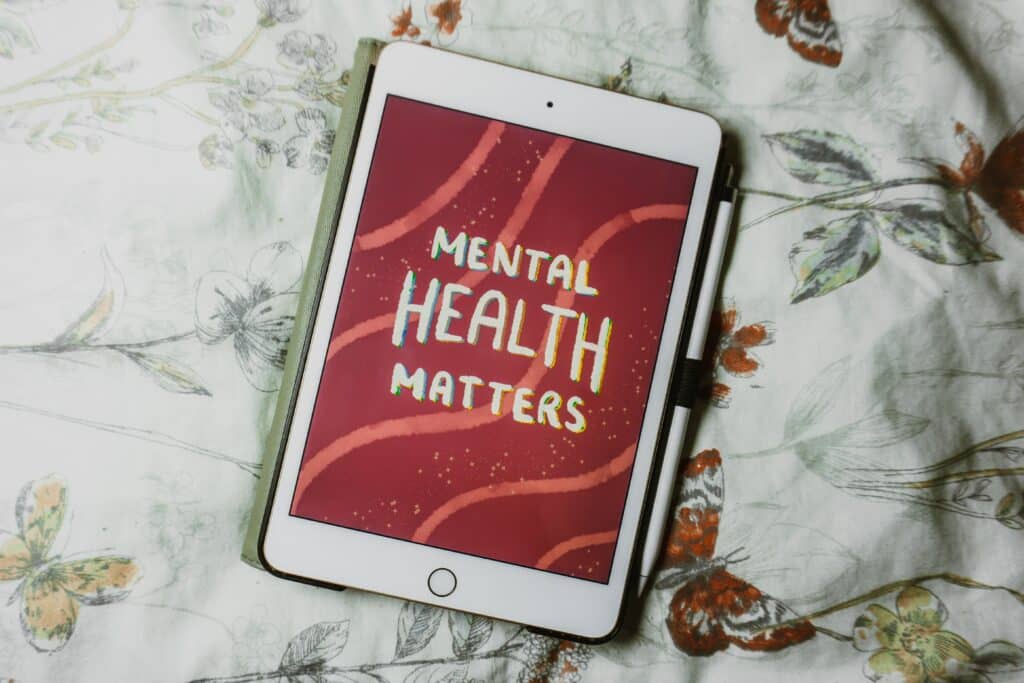Since the pandemic, there has been a great need for digital transformation in healthcare. Digital prevention, also known as digital health interventions, uses technology to provide advice and support for promoting healthy behaviour.
In this article, we explore the benefits of digital prevention and how it can be implemented in the workplace. We also show you the kinds of digital prevention tools available and how to pick the right one for your organisation.
Why is digitalisation important in healthcare?
Since the start of the COVID-19 pandemic, 42% of employees globally have reported a decline in mental health. Prevention in mental health is often delayed because of the stigma associated with it, where patients struggle to solve their problems by themselves.
Digital prevention in mental health can reach those who need support on a larger scale and in less time as compared to human intervention. “Howdy’s screening on wellbeing tells individuals in less than 35 seconds whether or not they need support,” says Rasmus Hartung, CEO of Howdy.
Digital health tools can be accessed at any time and from anywhere, providing help on-demand without the long waiting periods often needed for in-person therapy. Recent research has also demonstrated that digital prevention methods can be as effective to reduce depression and anxiety as in-person therapy.
“Usually, prevention does not occur because mental health is taboo in the workplace,” says Hartung. “Many employers are skeptical toward taking responsibility for their employees’ mental wellbeing, as they feel doing so would cross the professional boundary into the personal. Ironically enough, many times the solutions för better mental health lie in the workplace.”

What kind of digital interventions exists?
The evolution of digital health is rapidly progressing. Though here are some current examples of digital therapeutics, which can be used in the workplace.
Wearables and Digital Biomarker Apps
These are used to collect physiological data via a range of self-reporting methods. For instance, an employee’s smartwatch or smartphone can track their heartrate, skin temperature, and electrodermal activity to assess their wellbeing. Another current trend is the use of voice recording on smart devices, which can detect an individual’s emotional state through AI.
If an employee reports persistent low mood, a digital solution may suggest a few wellbeing tips like taking a few days off work, mindfulness exercises, or urge them toward seeking therapy.
Prevention and Treatment Solutions
These are likely to form the bedrock of employee mental-health programs. They offer various degrees of human contact, from prevention chatbots to in-person psychotherapy. Some focus exclusively on mental health; others are more holistic in their wellbeing approach and cover sleep, nutrition, and other aspects of physical health.
“The biggest mistake many employers make is to devise their own ways to assess employee wellbeing based on a generic understanding of mental health,” says Hartung. “There needs to be reliance on science and not assumption.”
Howdy uses the WHO-5 index for assessing wellbeing in the workplace.
Analytical Tools
Data aggregated by third-party solution providers on the wellbeing of their workforce can help organisations measure the effectiveness of support offerings. As well as address specific problem areas of wellbeing – whether that is in a specific team, across leadership positions, or compared to competitors within the organisation’s industry.
At Howdy we provide a combination of such digital prevention solutions. To know more, book a free demo with one of our experts här.
Though the future of mental wellbeing and prevention in the workplace lies in the hands of senior management, the management must act as role models – by opening up about own mental health struggles. This motivates a cultural shift in the workplace, where the stigma of mental health can be replaced with an attitude of embracing wellbeing.
Article written by Payal Mohta – Journalist



